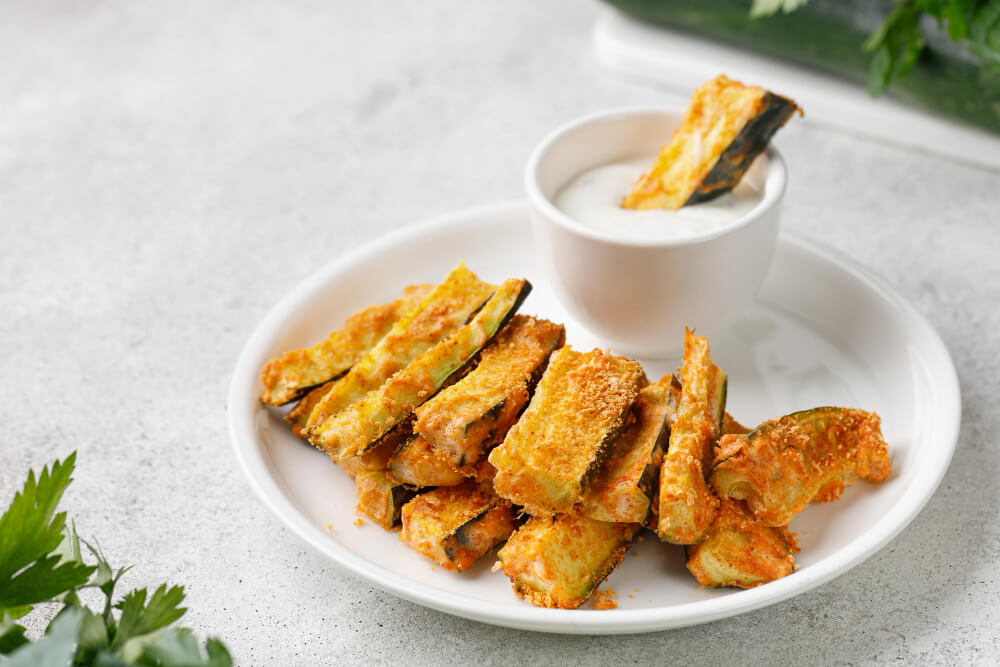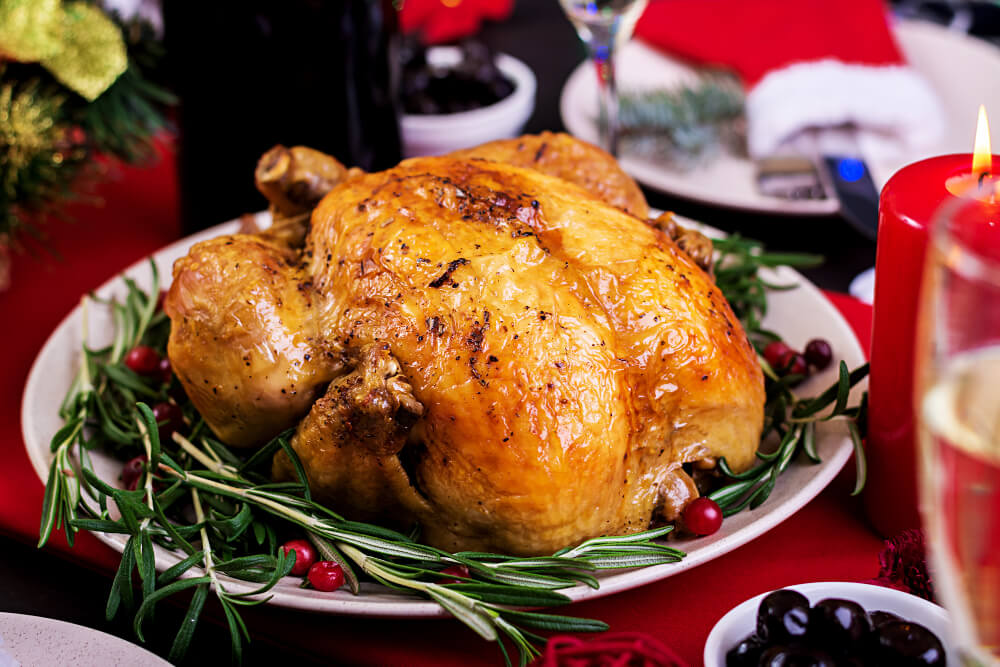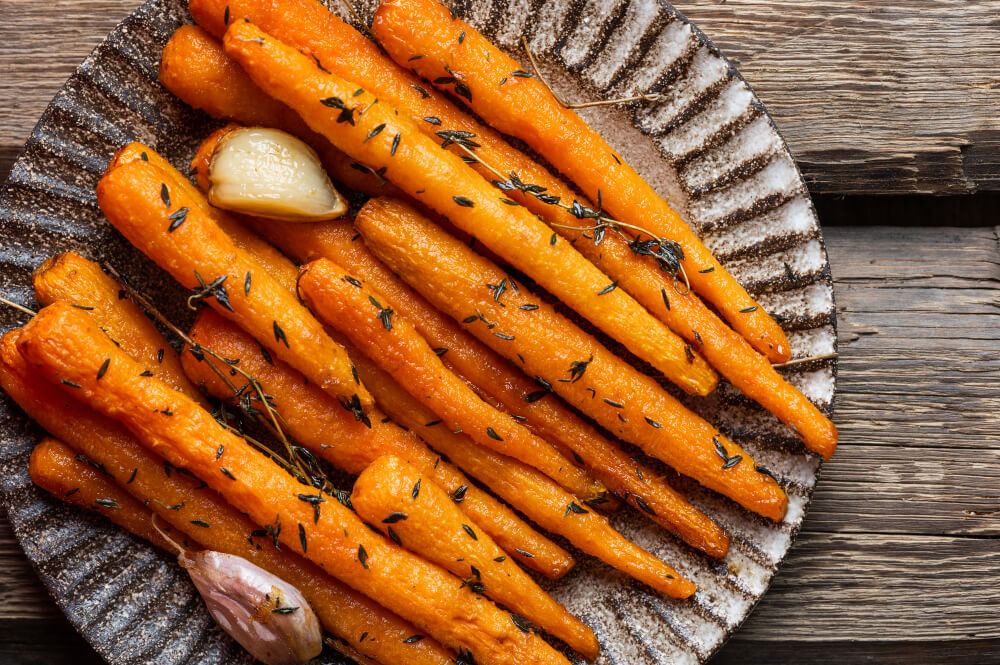
Wood cutting boards have a certain charm that makes them a favorite tool for many home cooks. However, you may have noticed that food juices can get absorbed into the wood, leading to warping or even a rancid smell. That's where seasoning your board comes into play! Unlike butcher block, seasoning a wood cutting board is a relatively simple process that can be accomplished in just a few easy steps. It's important to keep your board clean and food-safe, as you'll want a sanitary surface to chop your favorite ingredients on.
Seasoning the board not only keeps it looking great, but also extends its life by preventing damage from moisture and bacteria. Plus, you won't have to worry about tossing it in the dishwasher and causing more harm!
Intrigued? Read on to discover how a clean dish and some dedicated care can transform the surface of your board and keep it in tip-top shape for years to come.
What Happens if You Don’t Oil Your Cutting Board?
For many, the ritual of caring for their cutting board or butcher block might seem insignificant or even unnecessary. However, neglecting to oil your board can lead to several issues. Unlike plastic cutting boards, wooden boards are quite porous, meaning they can absorb moisture, food particles, and bacteria more easily. If you don't oil your board, you may find that it starts to dry out, warp, or even crack over time.
This not only affects the aesthetics and functionality of your board but also makes it more difficult to clean. When you wash the board, water and detergent can penetrate the surface of the board, exacerbating these issues. Regularly oiling your wooden board helps to create a protective barrier, ensuring that it remains both functional and hygienic for all your chopping needs.
How Often Do You Need to Season Your Wood Board?
Once per month is a good rule of thumb for seasoning your wood board. Giving your board this monthly TLC helps maintain the wooden surface, ensuring it stays both attractive and functional. Regularly applying oil onto the board creates a protective barrier that prevents moisture and bacteria from seeping in, which can cause the wood to warp or even go rancid. Additionally, this routine care allows your board to rest and recover from the daily wear and tear of being a trusty kitchen utensil.
Season Cutting Board: Step-by-Step Guide

Now let's go through the step-by-step guide to seasoning your wooden cutting board:
-
First, wash, rinse, and dry your cutting board: Clean your board thoroughly with soapy water to remove any dirt or food particles. Rinse it with warm water to remove soap residue, and then pat it dry with a clean cloth or paper towel. Allow the board to air dry completely before proceeding to the next step.
-
Apply Mevell's USP Food Grade Cutting Board Oil: Pour a small amount of the cutting board oil onto the board. You don't need a lot, just enough to cover the surface evenly.
-
Rub the Cutting Board oil into the wood using a cloth: Using a clean rag or cloth, rub the board in the direction of the grain. Make sure to cover the entire surface, including the edges and any grooves or indentations. This will help the board absorb the oil and ensure an even, protective coat.
-
Let it set for about an hour, until most of the oil is absorbed: During this time, let the board rest and absorb the oil. The food-grade oil will help prevent water droplets from penetrating the board, reducing the chances of warping, odor, and bacterial growth.
-
Buff the board with a dry cloth to remove any excess oil: After letting the board absorb the oil for an hour, use a clean, dry cloth to wipe off any excess. This will ensure a smooth, non-greasy surface that's ready for use.
After the initial seasoning, you can repeat this seasoning process as needed, typically once a month. If you notice drops of water sitting on the surface rather than being absorbed, it's time for another round of seasoning. By following these steps, you'll keep your cutting board in top shape and extend its life, making it a reliable tool in your kitchen for years to come.
FAQs
What Is the Best Oil to Season a Wooden Cutting Board?
The best oil to season your wood cutting board is food-grade mineral oil. This oil is odorless, colorless, and tasteless, making it perfect for maintaining your board's surface without altering the flavor of your food. Additionally, you can combine mineral oil with beeswax to create a more durable and water-resistant finish. This combination will help protect your board from moisture, stains, and odors, while also enhancing the look of your board.
Can I Use Regular Oil on Cutting Board?
Using regular cooking oils, such as vegetable or olive oil, on your cutting board is not recommended. These oils can go rancid over time, causing unpleasant odors and potentially affecting the taste of your food. Stick to food-grade mineral oil or a mineral oil and beeswax mixture specifically designed for cutting boards to ensure the best results and longevity.
How Do I Know if My Cutting Board Needs Oil?
If your cutting board looks dry or dull, it may need oil. Additionally, if water droplets bead on the surface instead of being absorbed, it's time to re-season the board. Regularly using the board, washing, and exposure to air can cause the board to lose its moisture, making it essential to oil the board regularly to maintain its appearance and functionality.
What Is a Good Substitute for Mineral Oil on Wood?
A suitable substitute for mineral oil on wood cutting boards is a mixture of beeswax and a food-safe oil, such as fractionated coconut oil or walnut oil. This combination can provide similar protective qualities while being food-safe and non-toxic. However, be cautious with nut-based oils if you or someone in your household has nut allergies.
How to Maintain a Wooden Cutting Board?
Maintaining a wooden cutting board involves regular cleaning, sanitizing, and oiling. After using the board, wash it with warm, soapy water and a sponge, then rinse and dry it with a clean dish towel. To sanitize and deodorize, use a solution of white vinegar and water. Sand the surface with fine-grit sandpaper if needed to remove any deep cuts or grooves. Finally, re-season your board by applying food-grade mineral oil or a mineral oil and beeswax mixture. Let it absorb the oil and then wipe off any excess with a clean cloth. By following these steps, you'll keep your cutting board in excellent condition and prolong its life.
Conclusion
In conclusion, seasoning your wooden cutting board may seem like an extra step, but it's essential for keeping your board looking great and functioning correctly. Neglecting to oil your board can lead to issues like warping, cracking, and even bacterial growth.
By following our step-by-step guide to seasoning and maintaining your board, you'll keep it in top shape and extend its lifespan. Remember to use food-grade mineral oil or a mineral oil and beeswax mixture specifically designed for cutting boards, and avoid using regular cooking oils. With regular care, your wooden cutting board will be a reliable tool in your kitchen for years to come.
Related Articles
- Wood vs. Plastic Cutting Boards Which One Is the Best?
- Bamboo vs Wood Cutting Boards: The Pros & Cons You Need To Know
- How To Clean a Wood Cutting Board Like a Pro: Simple and Easy Tips
- Best Wood for Cutting Boards, the Ultimate Guide
- Why Use a Cutting Board Oil Applicator?
- Cutting Board Oil: What Is the Best Oil for Wood Cutting Boards?
- How to Refinish a Wood Cutting Board and Make It Look Like New
- Is Oak Good for Cutting Boards - Best Wood for Cutting Board Guide
- How to Fix a Warped Cutting Board
Related Products You Might Like
If you're in the market for a new cutting board, consider Mevell's wooden cutting boards. Made from high-quality, sustainable materials, our cutting boards are the right choice for any home cook. They come in a variety of shapes and sizes, so you can find the board that fits your needs perfectly.
Our cutting boards are easy to clean, and with regular seasoning, they'll last for years. Whether you're chopping vegetables or carving a roast, a Mevell's wooden cutting board will make the perfect addition to your kitchen.



